The widespread hope is that the $900 billion stimulus package is able to provide a bridge to a rebound fueled by a broad, relatively speedy distribution of a coronavirus vaccine.
So what’s in it for Mill Valley businesses?
A Lifeline for Our Live Music & Performance Venues
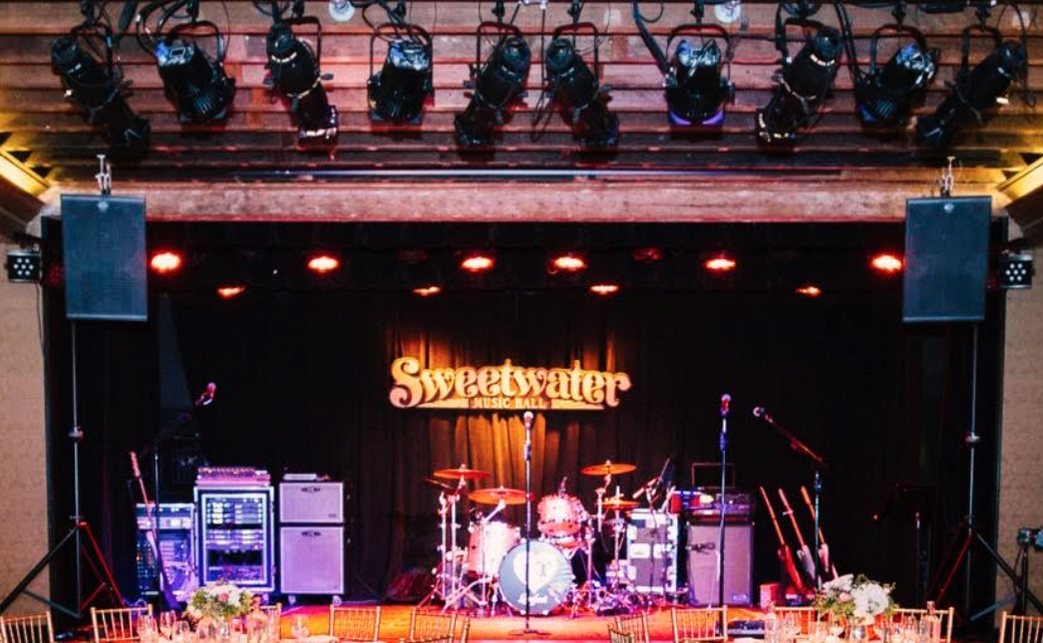 Sweetwater Music Hall. Courtesy image.
Sweetwater Music Hall. Courtesy image.
The relief comes in the form of the long-awaited Save Our Stages Act, which provides $15 billion “in dedicated funding for live venues, independent movie theaters, and cultural institutions,” disbursed in grants through the Small Business Administration for venues that can show they have lost more than 25% of revenue. Venues that can demonstrate that they have lost more than 90 percent of their revenue will be able to apply first, within the first two weeks after the law is enacted, according to the New York Times.
The package also includes a $300 per week unemployment insurance enhancement for the millions of Americans out of work during the pandemic, including nearly 100,000 live music professionals. It allows them to support payment to employees and handle other costs like rent. Grants will be capped at $10 million. At least 300 music spots have shut down since the start of the pandemic, according to NIVA.
“This is the lifeline our industry so desperately needs to emerge from a devastating year,” said Dayna Frank, owner and CEO, First Avenue Productions and board president of the National Independent Venues Association (NIVA), which led the lobbying effort for the Save Our Stages Act. “Without independent venues and promoters across the country working to engage their communities, staff, and artists, our voices would not have been heard – we are thankful for those tireless efforts. Careers came to a standstill overnight, and people continue to face personal hardships, which is why legislation like this and extending Pandemic Unemployment Assistance is essential.”
More PPP But No Restaurants Act
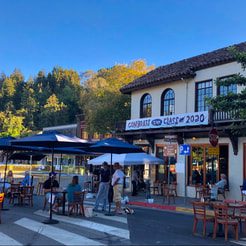 Throckmorton Ave. street closure, summer 2020.
Throckmorton Ave. street closure, summer 2020.
The bill calls for hotels and food-service businesses would be eligible for bigger loans this time, up to 3.5 times their average monthly payroll,” according to the New York Times. Other borrowers would again be limited to 2.5 times their payroll. Publicly traded companies are not eligible, and the list of expenses that a loan could be used to pay was expanded beyond payroll, rent and utilities in the first PPP to now include supplies from vendors and protective equipment for staff.
But although the PPP provides an avenue for Mill Valley businesses to acquire relief that become grants by meeting certain conditions, independent restaurants like most of those in Mill Valley did not get the direct relief they sought within the Restaurants Act, a bipartisan bill that would have provided $120 billion in grants to smaller bars and restaurants to make up revenue lost due to coronavirus. Instead, lawmakers decided that new loans through the Paycheck Protection Program will have to do.
That disappointment stemmed from the fact that small business aid is only expected to cover less than three months of payroll costs, while many employers don’t expect to resume normal operations for more than six months.
Impact on Local Governments & Individuals
Dependents who are 17 and older will not be eligible for the $600 direct payments, although lawmakers agreed to provide direct checks to people who filed jointly with a person who uses an Individual Taxpayer Identification Number instead of a Social Security number. The last round of $1,200 stimulus payments prohibited that, blocking the estimated 1.2 million American citizens married to undocumented immigrants from receiving them.
State and local budgets took the biggest hit in the down-to-the-wire negotiations, as legislators were unable to reach agreement on hundreds of billions of dollars to patch holes in state and local budgets that have cost 1.3 million jobs since March. Forecasters say the shortfall in revenue makes continuing layoffs likely.
“Congress leaving out local aid is like the Grinch that stole Christmas,” Larry Johnson, a commissioner for DeKalb County, Ga., just outside Atlanta, told the Washington Post. “We have to start looking at areas to cut.”
The deals also provides billions of dollars for testing, tracing and vaccine distribution, as well as an extension through the end of 2021 of the $15.3 billion in CARES Act funding allocated to California under the March stimulus law, ahead of a Dec. 31 deadline. According to Mill Valley City Manager Alan Piombo, a halt on the use of that funding into 2021 would have negatively impacted the city’s budget, particularly as the state is adding new workplace safety COVID-19 requirements such as partitions between workspaces. That funding comes to Mill Valley via the County of Marin and proportional within Marin to its local population.

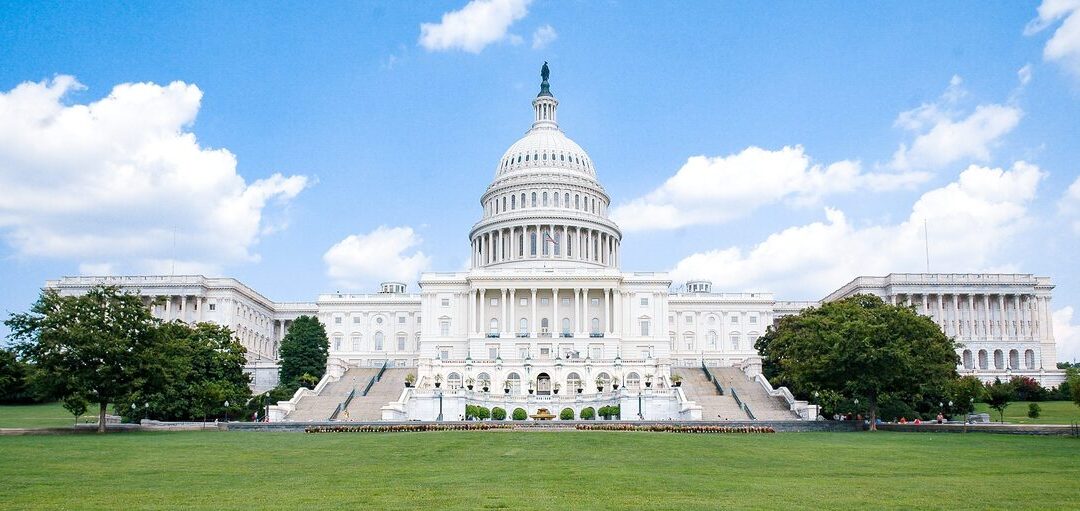
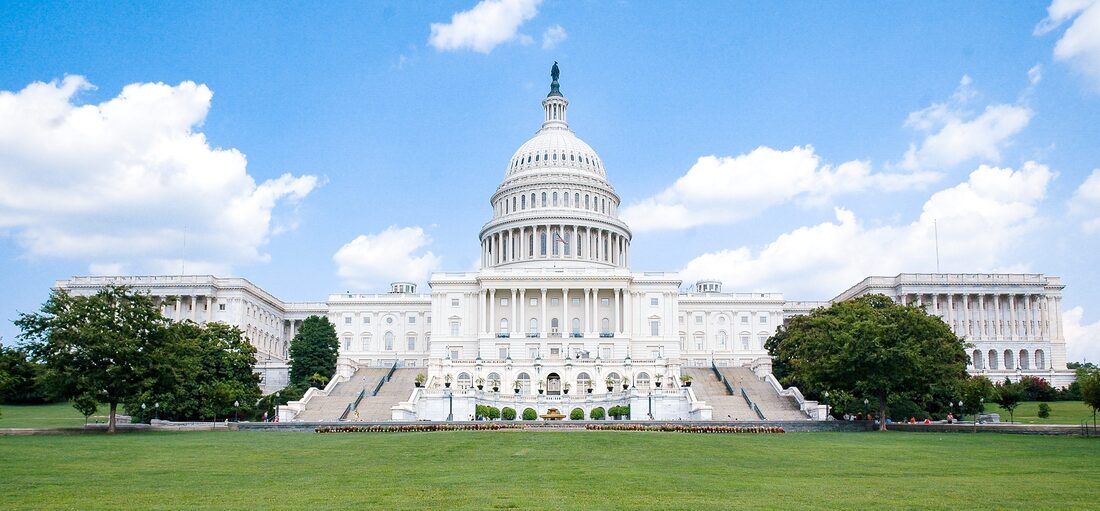
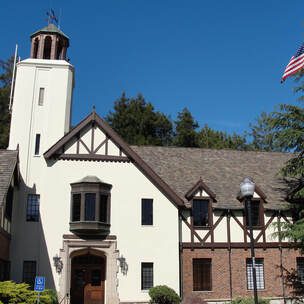

Trackbacks/Pingbacks